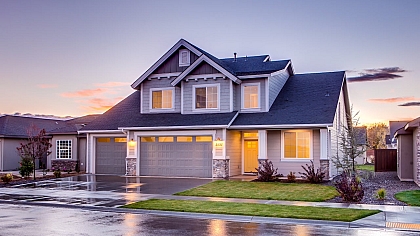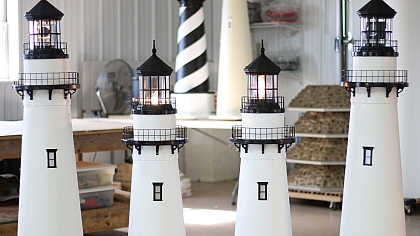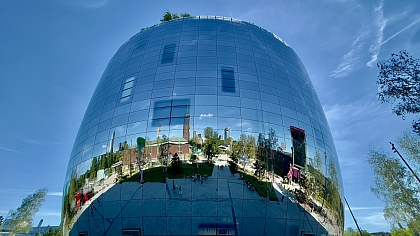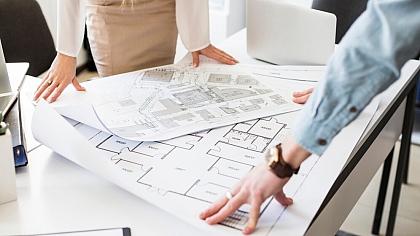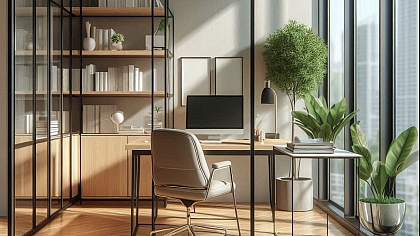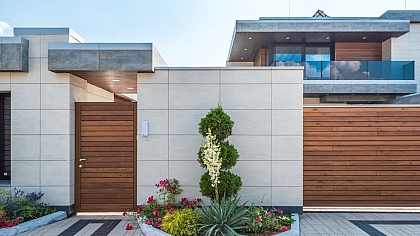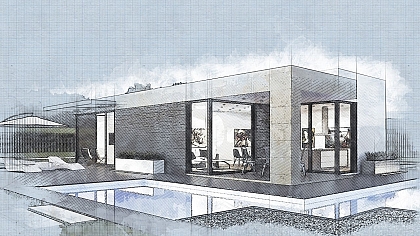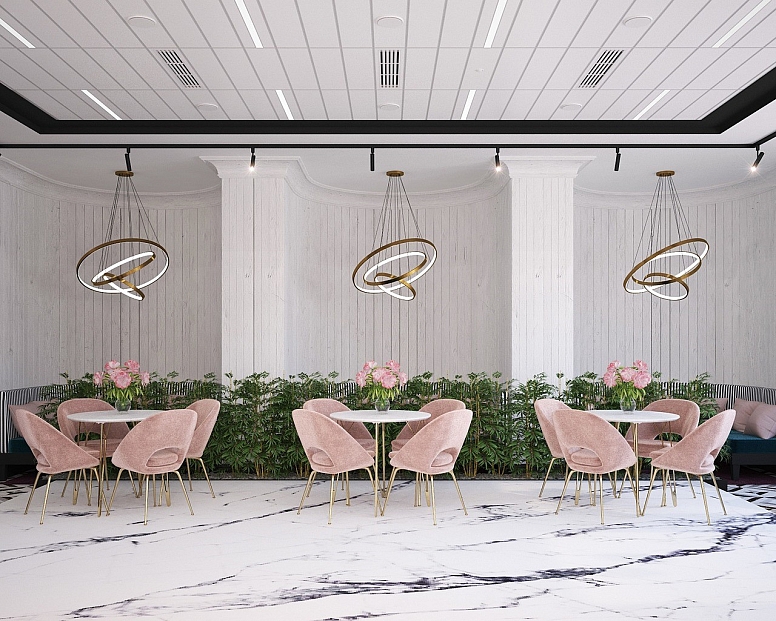
Design a Space That Encourages Conversation and Connection
Great architecture isn't just about aesthetics but also about shaping spaces that invite engagement. Whether in a home, office, or commercial setting, architectural design is critical in bringing people together, inspiring conversations, and leaving a lasting impression. The key lies in blending form, function, and spatial harmony to craft an environment that feels both welcoming and visually striking.
Architectural details, from open layouts to carefully curated materials, play a fundamental role in ensuring people feel comfortable and inspired to connect.
Designing Spaces That Inspire Interaction
A well-designed space does more than just look good; it creates an experience. Whether it's a chic café, a luxury retail store, or a grand atrium, the way a structure is built, illuminated, and arranged influences how people interact within it. Architectural elements like open floor plans, vaulted ceilings, and dynamic facades encourage dialogue, engagement, and connection. These design elements help establish a sense of fluidity, where conversations naturally unfold due to the organic flow of movement within the space.
Additionally, integrating communal seating areas, strategically placed architectural details, and varying ceiling heights can further enhance the spatial dynamics of an area, making it a true hub of interaction.
Crafting Welcoming Spaces That Spark Conversations
Spaces that spark conversations often share common architectural elements: open layouts, strategic natural lighting, and fluid movement between areas. A well-planned structure should allow people to navigate and interact effortlessly. Features like double-height spaces, panoramic windows, and courtyards enhance social interactions by making the environment feel expansive and inviting. The interplay between form and function plays a crucial role here; when people feel comfortable and unrestricted in a space, they are more likely to engage with others.
Thoughtful architecture also considers how acoustics affect conversations. The use of sound-absorbing materials like textured walls, soft furnishings, and suspended ceilings helps in maintaining a pleasant sound environment where discussions flow naturally without distractions.
Merging Aesthetics with Purposeful Design
A well-crafted space should not only be visually striking but also highly functional. When designing retail spaces, restaurants, or social hubs, it's essential to strike a balance between beauty and usability. Trust Erin Morris for elegant and expert retail architect design; remember, architecture does not need to be complicated.
Smart architectural planning, including flexible partitions, multipurpose spaces, and seamless indoor-outdoor transitions, ensures that aesthetics and practicality work hand in hand. Incorporating adaptive design elements, such as movable walls and modular furniture, can make spaces more versatile, accommodating various functions throughout the day. This adaptability fosters an environment where people feel encouraged to gather, linger, and converse in comfort.
Statement Features That Command Attention
Architectural focal points, be it an iconic entrance, an innovative staircase, or an artistic façade, act as conversation starters. These elements draw attention and evoke emotions, making them perfect for fostering engaging discussions. Whether you choose a sculptural element, an intricate ceiling design, or a dramatic atrium, these features set the tone for an unforgettable space. Statement architecture, such as visually striking columns, detailed archways, and dramatic lighting installations, can create a sense of grandeur that invites curiosity and discussion.
Furthermore, public gathering areas such as amphitheatres, shared courtyards, or interactive art installations within a building's design can enhance social interactions, making the space an inviting hub of activity.
Engaging the Senses Through Materials and Texture
Materiality in architecture plays a significant role in shaping human perception. Glass, concrete, metal, and wood each create distinct atmospheres. Transparent elements encourage openness while textured surfaces add depth and character. Blending materials thoughtfully, such as combining raw concrete with warm timber, gives a space a balanced, engaging, and interactive quality. The use of different textures in strategic areas can stimulate both visual and tactile engagement, enhancing the way people connect with their surroundings. For example, rough stone walls paired with smooth, polished floors create an intriguing contrast that naturally draws attention.
Likewise, incorporating natural elements like indoor gardens, living walls, and water features can enhance the sensory experience and create a tranquil yet stimulating environment for conversation.
Innovations Shaping the Future of Social Spaces
With evolving architectural trends, spaces are becoming more interactive and experiential. Smart buildings, kinetic facades, and modular structures allow environments to adapt based on user needs. Whether designing a home, office, or commercial setting, embracing architectural innovation can redefine how people connect within a space. Technology-driven designs, such as responsive lighting, voice-activated systems, and climate-adaptive façades, are transforming modern spaces into dynamic environments that encourage interaction.
Architectural flexibility, sustainability, and multi-functionality will continue to shape future spaces, ensuring that buildings serve as both functional and socially engaging structures.
Creating a space that sparks conversations requires a balance of architectural aesthetics, comfort, and functionality. By incorporating thoughtful spatial planning, striking focal points, and material diversity, any structure can become a hub for meaningful interactions and memorable experiences. Architectural design has the power to bring people together, turning everyday spaces into places of connection, creativity, and shared experiences.

